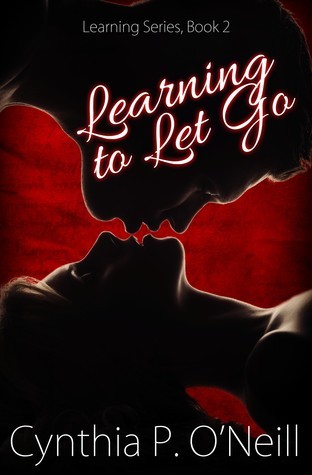
Learning to Trust
Book Description
Trust is a fragile thread, easily severed and nearly impossible to mend. In a world rife with betrayal and deception, one woman must navigate a labyrinth of secrets as she seeks to reconcile her past with her heart's desires. Haunted by the scars of broken promises, she encounters a stranger who challenges everything she thought she knew about love and loyalty. As tension mounts and alliances shift, each revelation threatens to shatter her newfound hope. Will she find the courage to embrace vulnerability, or will the darkness of doubt consume her? Can trust truly be rebuilt, or is it forever lost?
Quick Book Summary
"Learning to Trust" by Cynthia P. O'Neill follows the emotional journey of a young woman struggling to heal from the wounds of past betrayal and abuse. As she begins college, she is determined to keep her distance from others and protect her fragile heart. However, a chance encounter with a stranger forces her to confront her reluctance to open up. Through twists of fate, she is challenged to face her deepest fears and reconsider what it means to trust again. The story deftly portrays the tension between vulnerability and self-preservation, showing how the process of healing is both fragile and powerful. With each new revelation, the protagonist must decide whether to let her past define her future or embark on a new path toward love, acceptance, and trust.
Summary of Key Ideas
Table of Contents
The Impact of Betrayal and Abuse on Trust
The protagonist’s story is shaped by scars left from previous betrayals and emotional abuse, making her wary of trusting others. As she enters college, her environment is full of new faces and unknown intentions, reinforcing her cautious nature. The narrative establishes how the fear of betrayal can manifest in daily life, influencing decisions, relationships, and one’s sense of self-worth. Early chapters highlight how she creates emotional barriers, resisting any opportunity to be vulnerable, lest she be hurt again.
Navigating Vulnerability and Self-Protection
The arrival of a mysterious stranger at her college challenges her protective mindset. Their initial interactions are marked by suspicion and guardedness. Yet, the stranger’s persistent efforts and empathetic demeanor begin to crack her defensive exterior. This relationship becomes a catalyst for the protagonist to question her assumptions, slowly realizing that vulnerability does not automatically lead to pain. Her internal struggle illustrates the tension between the desire for connection and the fear of disappointment, echoing the experiences of many survivors of betrayal.
The Role of Love and Connection in Healing
As trust between the two slowly deepens, secrets from both their pasts surface, threatening the fragile foundation they’ve built. Each revelation forces the protagonist to confront painful memories and reevaluate what she believes about trust and loyalty. The book weighs how the baggage of old wounds can shape, and sometimes distort, perceptions of new relationships. The plot thickens as misunderstandings and half-truths emerge, underscoring the difficulty of being honest and open while carrying unresolved trauma.
Confronting Secrets and Seeking Truth
Through moments of vulnerability, honest conversations, and mutual support, the protagonist experiences gradual healing. The narrative demonstrates how establishing genuine connections and breaking destructive patterns can promote recovery. Supportive friendships and compassionate partners play a crucial role in guiding her toward hope. As she begins to take tentative steps toward forgiveness—both of herself and others—the process of rebuilding trust becomes tangible. The book’s contemporary setting makes these emotional struggles relatable and vivid.
Rebuilding Trust and Embracing Hope
Ultimately, the protagonist must decide if she will let the pain of her past dictate her future or embrace the risk of trusting again, despite uncertainty. The final chapters explore the liberating but frightening prospect of opening one’s heart. “Learning to Trust” culminates in an affirmation of resilience and the transformative power of love and vulnerability. O’Neill underscores that, although trust can be shattered, it can—with courage and care—be slowly rebuilt, offering hope to anyone wrestling with the shadows of betrayal.
Download This Summary
Get a free PDF of this summary instantly — no email required.





